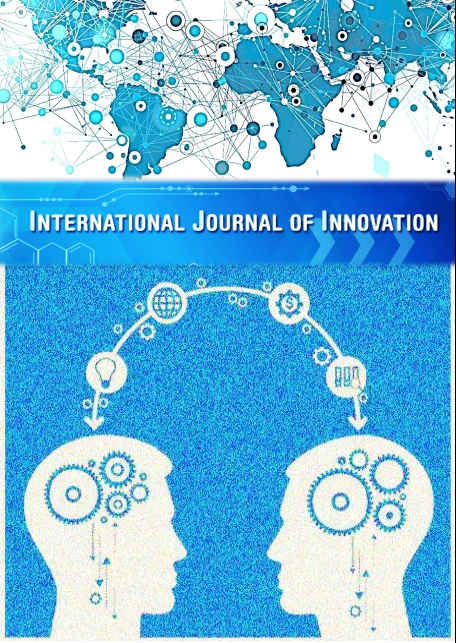Diffusion and adoption of technology amongst engineering and business management students
DOI:
https://doi.org/10.5585/iji.v5i1.80Keywords:
diffusion of innovations, adoption of innovations, undergraduate students, structural equation modeling, technologyAbstract
This study aimed to identify profiles of technology adoption amongst engineering and business management students based on Rogers' theory of diffusion of innovations and on Hirschman's studies of innovativeness, novelty seeking, creativity behavior and role accumulation. A systematic literature review was performed and an item pool was generated to measure the constructs found on theory. The questionnaire was presented to an experts' panel for content validity and to a sample of subjects in the population for semantic validity. The final research instrument was then submitted to 390 students from private and public universities in Brazil. Mean age of sample was 22.5 years (SD = 4.9) and was well distributed between males (50.6%) and females (49.4%). Data was analyzed using SPSS 22.0 and SmartPLS 2.0. A hypothetical model was specified and alternative models as well. Univariate and multivariate normality was tested and PLS-SEM was chosen due to the non-parametric nature of collected data. Final results proved that Roger's theoretical profiles (e.g.: innovator, early adopter, etc) are predictors of Hirschman's adoption typology and these findings are useful to understand the generational patterns of technology diffusion and adoption and to support corporate initiatives on technology deployment amongst employeesDownloads
Download data is not yet available.
Downloads
Published
16.02.2017
How to Cite
Gabriel, M. L. D. D. S., & Silva, D. D. (2017). Diffusion and adoption of technology amongst engineering and business management students. International Journal of Innovation, 5(1), 20–31. https://doi.org/10.5585/iji.v5i1.80
Issue
Section
Articles
License
Copyright (c) 2017 International Journal of Innovation

This work is licensed under a Creative Commons Attribution-NonCommercial-NoDerivatives 4.0 International License.










